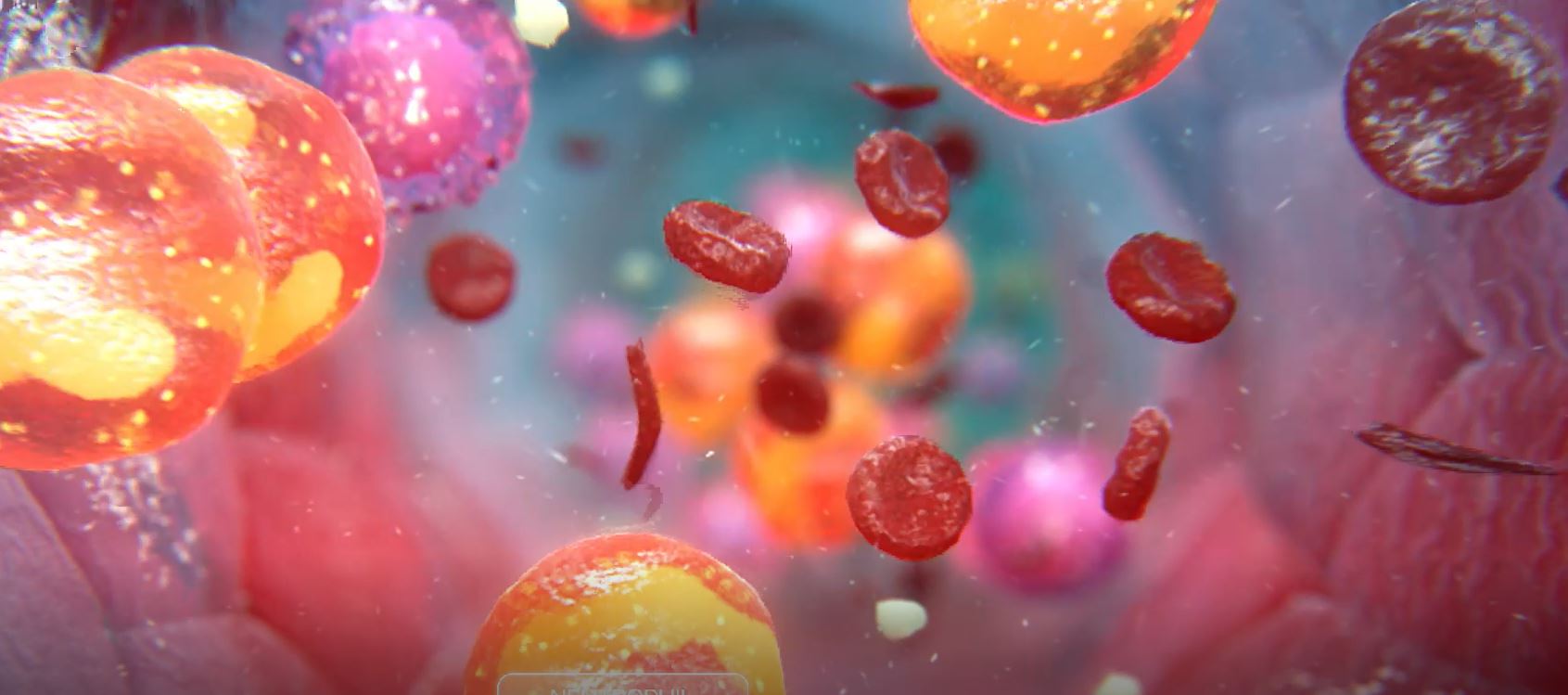Get full access with a free account
Benefits of the Coloplast® Professional Educational platform
![]() Full access to educational content, events and resources
Full access to educational content, events and resources
![]() Track your progress
Track your progress
![]() Share content with your colleagues
Share content with your colleagues
![]() Share supporting material with your patient
Share supporting material with your patient
How to manage the gap effectively
One of the best ways to help a chronic wound heal is to manage the gap between the wound bed and the dressing.
| When you manage the gap, your goal should be to: | What to look for in a dressing |
|---|---|
|
An effective dressing should:1
|
Choosing the right wound dressing
Research shows that the best way to ensure an optimal healing environment is to choose the right dressing. An effective dressing should conform to the wound bed, closing the gap between the wound and the dressing.2 It should also able to absorb exudate quickly and keep it within the dressing, so as to prevent any exudate from leaking on to the surrounding skin.
When you look at a dressing’s ability to absorb, make sure it can absorb liquid when in a vertical position. And, while you want the dressing to stay in place, it should still be easy to remove.1, 3, 4
When to change the dressing and what to look for
As we discussed in the previous section on assessing the gap, you should complete a full assessment of a patient’s chronic wound at least once a week. At each assessment you will typically also change the dressing.
When changing the dressing, you should:1
- measure the wound’s depth, width and length;
- assess the wound for any signs of infection;
- assess the wound’s exudate (the amount, colour, odour and consistency); and
- assess if the current dressing is meeting the clinical goals you have for the patient.
You should examine the dressing twice, before and after you remove it. This will tell you how the dressing is performing, and it will help you examine the exudate.2
If you suspect that an infection has developed, you should consider using a dressing with antimicrobial components, such as silver.4
And always remember, effective wound management is about more than the wound. So, when meeting with your patient to change the dressing and check on the wound you should also assess their general health and wellbeing.

The Gap Challenge
With conventional foam dressings, a gap can form between the wound bed and the dressing. This allows exudate pooling, which may lead to the risk of infection, and to a delay in wound healing6,7,8. Biatain Silicone is a conforming dressing with 3DFit® Technology that fills the gap and reduces exudate pooling to promote optimal healing conditions.
Evidence suggest that the use of Biatain Silicone in wounds up to 2cm in depth instead of a filler and secondary dressing can reduce unit cost spend by 49-51% 9,10
